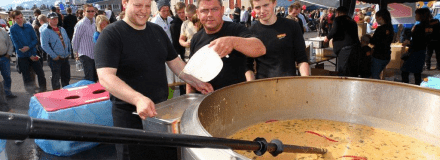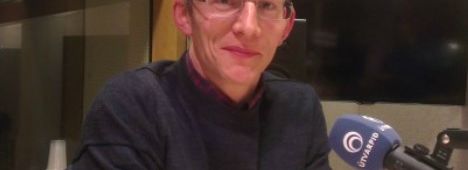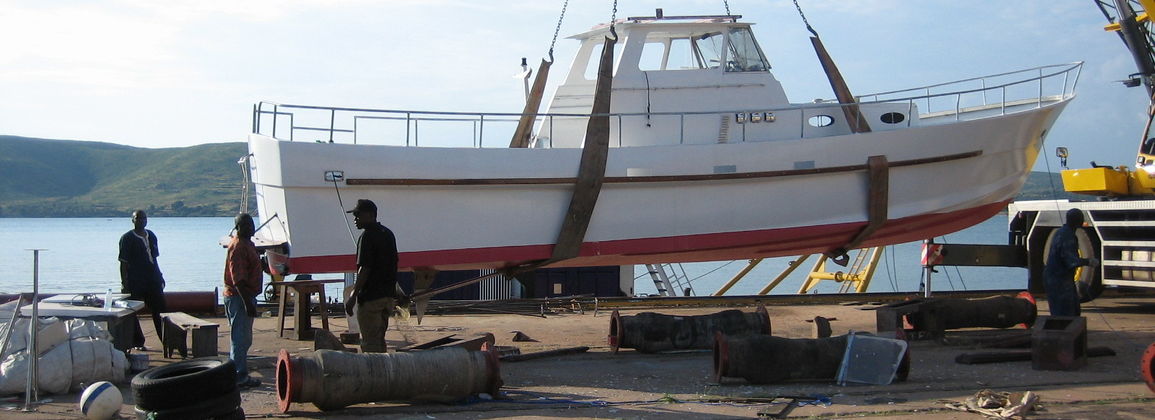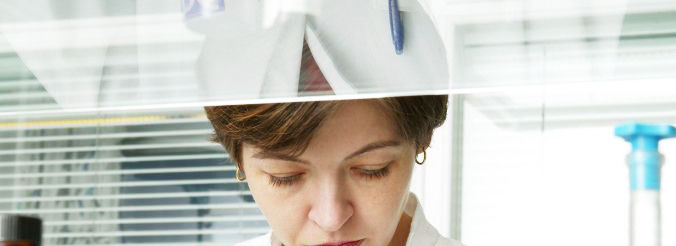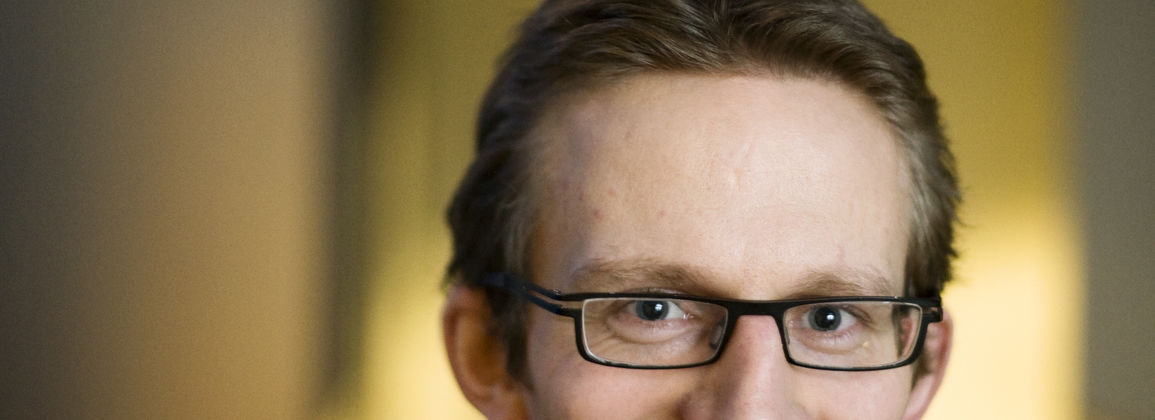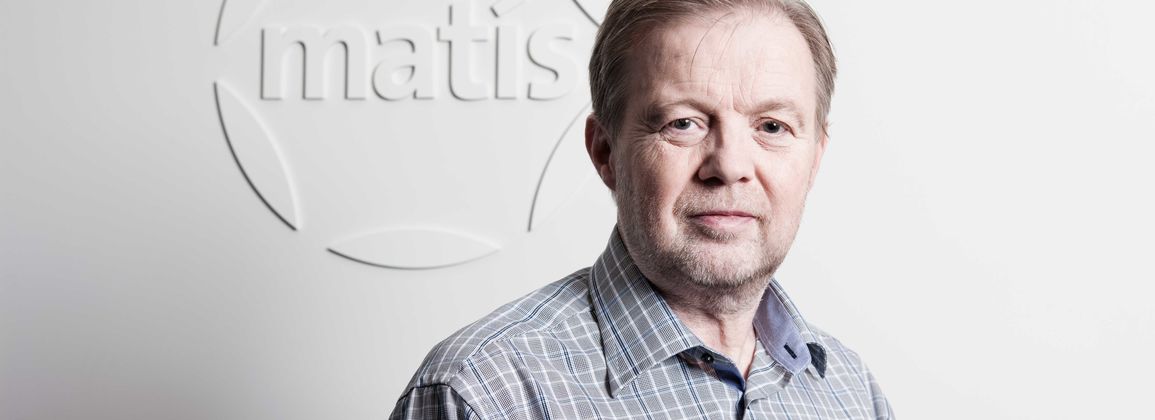Today's Morgunblaðið publishes an article about Matís' reprint of a booklet that discusses the importance of good fish handling. The booklet is intended for all those who work at sea handling fish. You can access it here on the website.
A booklet about the importance of good fish handling was recently reprinted by Matís. The booklet focuses on the five most important aspects and is intended for newcomers and experienced fishermen. The previous edition was well received, the edition was exhausted, so the booklet was reprinted. Morgunblaðið contacted Arnljót Bjarki, where Matís' Processing, Value Added and Breeding Division was responsible for publishing and printing the brochure.
Here you can read the article as it appears in Morgunblaðið:
Matís has reprinted brochures on the importance of good handling of freshly caught fish. In particular, it mentions the five factors that matter most; bleeding, gutting, washing, hygiene and cooling.
Recruitment has been considerable in small boat operations, but a spokesman for Matís points out that the guidelines are aimed at all fishermen, whether they work on small boats or larger fishing vessels. However, there are indications that fishermen handle the catch in different ways.
Matvælastofnun employees; MAST, and the Directorate of Fisheries carried out temperature measurements in June on landed catches of 240 boats. The measurements were a total of 548 and took place across the country. There, the temperature of the catch turned out to be on average 3.2 degrees, but according to current regulations, the temperature must be below 4 degrees, four hours after the catch is taken on board. About 70% of the catch were below the required limit. About a third did not have the right temperature. About 7% boats brought uncooled fish ashore.
Long live the first model
Arnljótur Bjarki Bergsson, director of processing, value added and aquaculture at Matís, says that he is never too often reminded of the importance of handling the fish correctly, so that its quality is ensured for further processing. Measurements by MAST and the Directorate of Fisheries indicate that people need to take action.
"The first model has been around for a long time. It is important that the fish is handled professionally from the moment it is caught so that the greatest value can be made from the catch. Quality is the basis of all values, "says Arnljótur.
"Bleeding, bleeding and cooling are key issues on board the boats that do not accommodate gutting, but where possible, bleeding, bleeding, gutting and cooling are the key issues," he added.
Arnljótur points out that the summer session has changed the size limits of hook-catching boats and now houses larger boats. In larger boats, it is important to have good facilities on board for gutting. Cooling is a very important issue and it is necessary to keep the temperature of the catch low all the way to land. "The catch must meet the requirements that the fish processing industry makes for it. Processing and selling fish is about trust. People need to make sure they can sell fish again. Few people think that this is a one-time business, people probably want to be able to repeat the game. It is always about respect for the environment, raw materials and consumers, "says Arnljótur Bjarki.
—
Matís has created an ice calculator that provides information on the estimated ice demand based on current conditions. The calculator can be accessed on Matís' educational website: Ice demand (ice calculations)
The brochure: http://www.matis.is/media/matis/utgafa/Mikilvaegi-godrar-medhondlunar-a-fiski.pdf
Leaflet: http://www.matis.is/media/einblodungar/a4_medhondlun_fisks.pdf
News MAST. https://www.mast.is/is/um-mast/frettir/frettir/afli-skal-vera-undir-4c-egar-honum-er-landa


